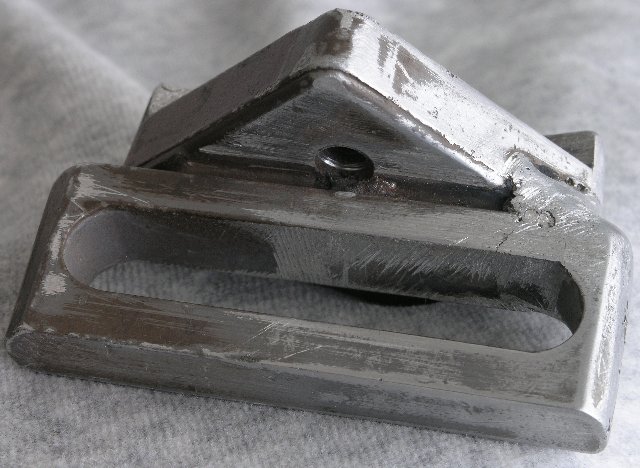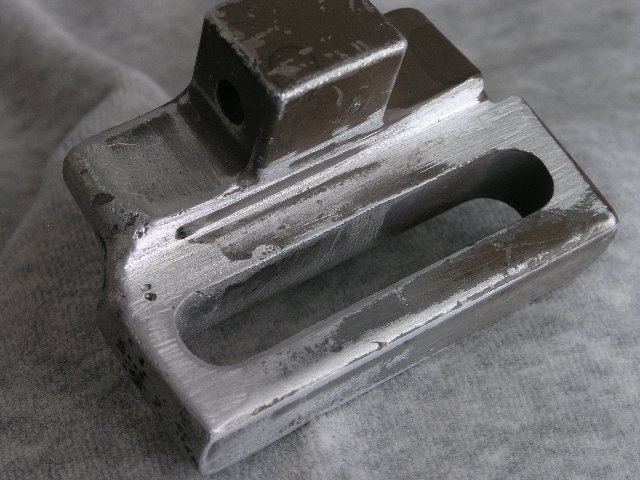EddyCurr
Aluminum
- Joined
- May 22, 2009
- Location
- Edmonton, AB. Canada.
While seeking a replacement bracket for a Rockwell Carbide Tool Grinder,
suggestions have been made about repairing the part mechanically, by
brazing and by GTAW.
The part is not magnetic and feels too light for it to be made of cast iron.
On this basis, brazing no longer seems to be an option.
How can I determine whether it is cast from aluminum or zinc? Is the
precision of the casting (illustrated below) too good for it to be made
of aluminum?
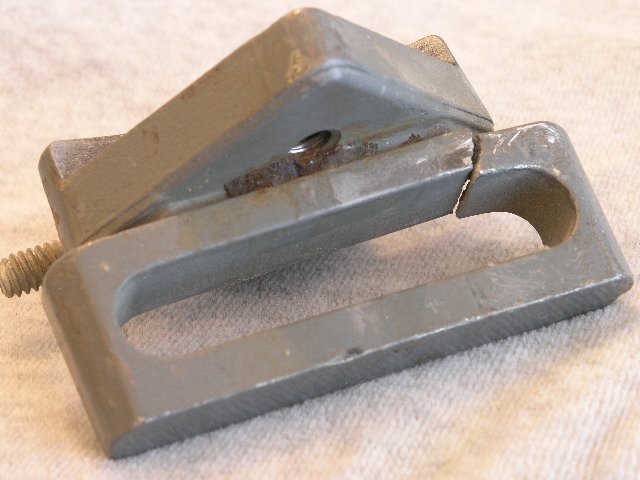
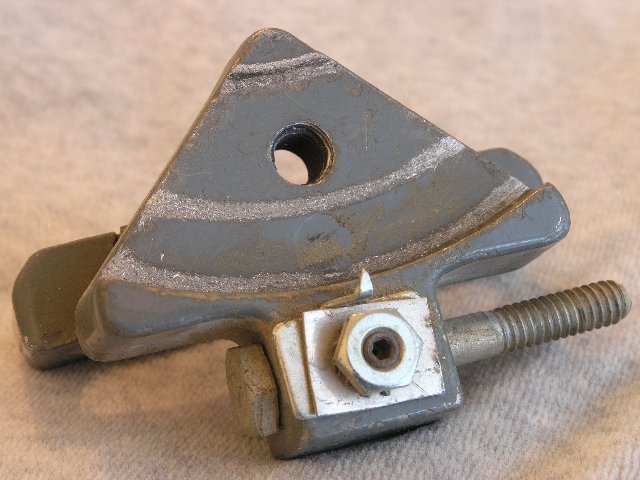
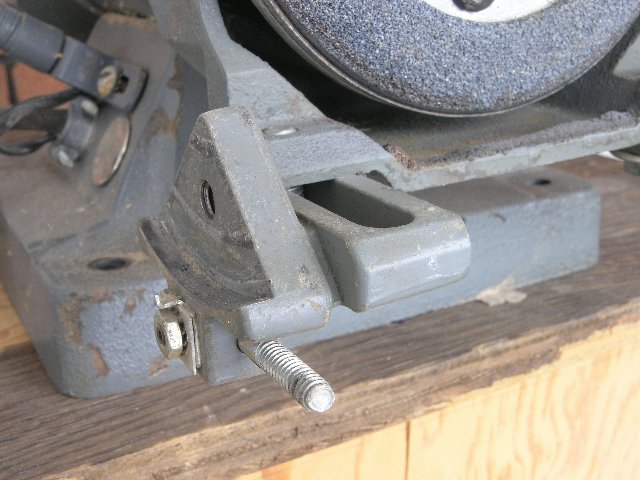
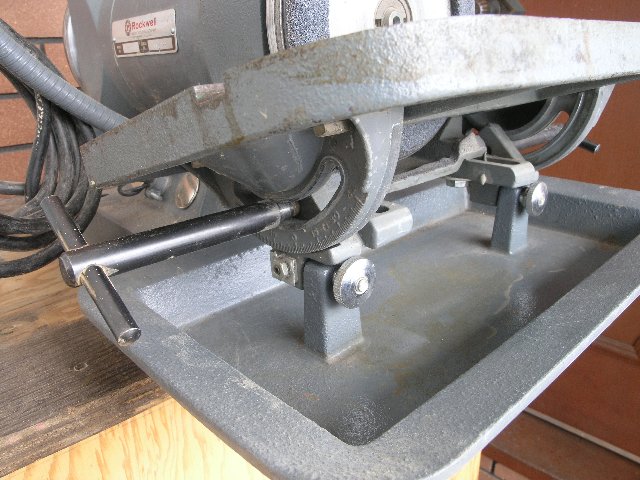
.
suggestions have been made about repairing the part mechanically, by
brazing and by GTAW.
The part is not magnetic and feels too light for it to be made of cast iron.
On this basis, brazing no longer seems to be an option.
How can I determine whether it is cast from aluminum or zinc? Is the
precision of the casting (illustrated below) too good for it to be made
of aluminum?




.


